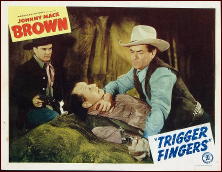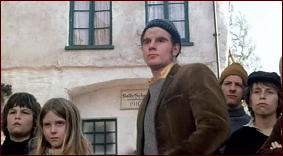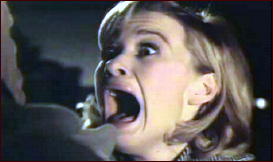
WADE CURTIS – Red Heroin. Berkley X1723, paperback original; 1st printing, August 1969. Reprinted as by Jerry Pournelle: Ace Charter, paperback, October 1985.
Even when this book first came out, it was no secret that the author was SF writer and early computer technology expert Jerry Pournelle. The copyright was in his name, on the reverse of the title page. But his fame came later. This was his very first book, written when he was only 36. It was the first of two adventures of an amateur counterspy named Paul Crane; the second was Red Dragon (Berkley, 1971).
Crane, a consulting engineer by profession, is contacted by the CIA and asked to infiltrate the various counter-cultural groups hanging out around the fringes of a local Seattle university. Object: to find out who’s responsible for the importation of heroin into the US, an effort sponsored by the Chinese government to help recruit (and pay for) a network of undercover agents in this country.
This is all off the books, of course. The CIA has no legal authorization to work anywhere inside this country’s boundaries. And more, truth be told, this is a very minor work. The first half of the book is somewhat interesting, as Crane, once married, but on the job, finds a new girl friend, an event he didn’t expect to happen. Still, the question he has is this: Is she as innocent of nefarious activity as she seems, or is she one of the higher-ups of the plot he’s trying to uncover?
Unfortunately, the tale Curtis/Pournelle tells tails off badly from there. The second half was of no interest to me, I’m sorry to say. The story is as straight as a string, and unless you’re interested in learning a lot about sailing a small yacht in Puget Sound and along the coast of the Pacific Northwest, you may not find anything out of the ordinary in the final 80 pages or so either.
What bothered me the most, though, was that a couple of Crane’s close friends die in this book, and there is no evidence that he cares. He says he’s angry, but it never goes beyond that. A few pages on, all is forgotten, even as a motivating factor, and it shouldn’t have been.
What the book may be most famous for, though, is this quote from Robert Heinlein on the front cover: “The most convincing and realistic counterespionage story I’ve read in a long, long time — and besides that, a hell of a good yarn.” I wish I could say the same, but I can’t.


